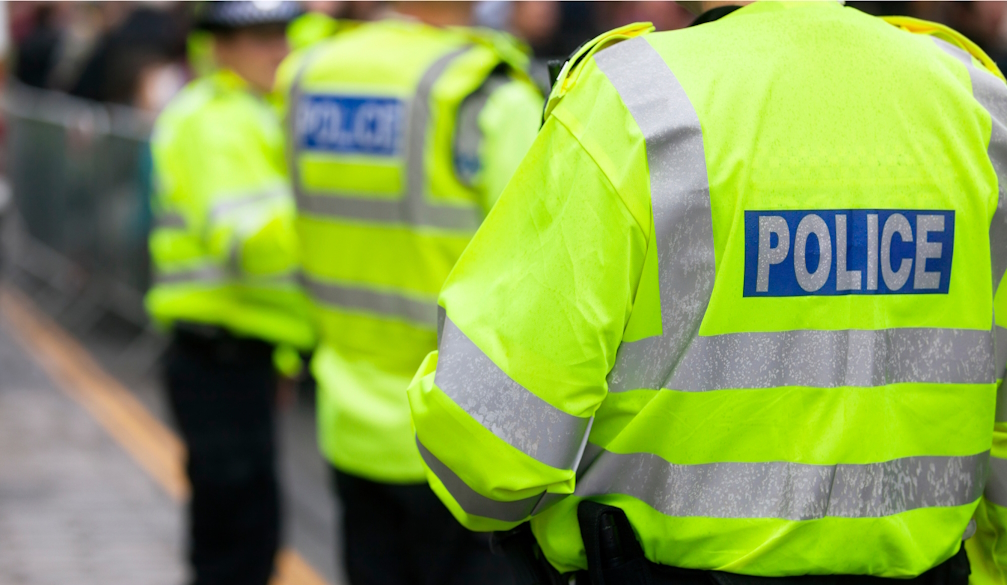ASIO raises threat level to ‘probable’ due to increasing extremism, chief says
- Written by Michelle Grattan, Professorial Fellow, University of Canberra

The Australia Security Intelligence Organisation (ASIO) has raised Australia’s national terrorism threat level from “possible” to “probable”, with ASIO head Mike Burgess giving a grim assessment of the “degrading security enviroment”.
The “probable” threat level means ASIO assesses there is a greater then 50% chance of an attack or attack planning in the next year. It doesn’t mean there is intelligence about a current planned attack or the expectation of an imminent attack.
Burgess appeared at a news conference alongside Prime Minister Anthony Albanese and Attorney-General Mark Dreyfus on Monday. In the recent government reshuffle, ASIO was moved from the home affairs minister to come under Dreyfus.
Earlier, Burgess briefed a meeting of cabinet’s national security committee.
Burgess warned in his statement: “We are seeing an increase in extremism.
"More Australians are being radicalised, and radicalised more quickly. More Australians are embracing a more diverse range of extreme ideologies, and more Australians are willing to use violence to advance their cause.
"Politically motivated violence now joins espionage and foreign interference as our principal security concerns,” he said.
Politically motivated violence includes terrorism but is broader, covering any violent act or threats aimed at achieving a political objective. This includes violent protests and attacks on politicians or democratic institutions.
“We are seeing spikes in political polarisation and intolerance, uncivil debate and unpeaceful protest,” Burgess said.
“Anti-authority beliefs are growing; trust in institutions is eroding; provocative and inflammatory behaviours are being normalised.
"Individuals are embracing anti-authority ideologies, conspiracy theories and diverse grievances. Some are combining multiple beliefs to create new hybrid ideologies. Many of these individuals will not necessarily espouse violent views, but may still see violence as a legitimate way to effect political or societal change.”
These factors created “a security climate that is more permissive of violence.
"As polarisation, frustration and perceived injustices grow, ASIO anticipates an increase in politically motivated violence – including terrorism – across all ideological spectrums. Attacks are likely to occur with little to no warning and will be difficult to detect.”
As tensions rise in the Middle East, Burgess warned that an escalation of the conflict there, particularly in southern Lebanon, would “inflict further strain, aggravating tensions and potentially fuelling radicalisation”.
But he said the decision to raise the threat level was not a direct response to Israel’s war in Gaza or other Middle East events.
“At this stage, we do not believe any of the terrorist plots we have investigated in the last year have been directly inspired by Gaza.
"Terrorist leaders are not inspiring attacks onshore.”
But he said that indirectly there had been impacts from the conflict.
“The conflict has fuelled grievances, prompted protest, exacerbated division, undermined social cohesion and elevated intolerance.”
Burgess said because of the complex dynamics it would be wrong to “suggest the next terrorist attack or plot is likely to be motivated by a twisted view of a particular religion or a particular ideology. The threat is across the board.”
In the last four months, there were eight attacks or disruptions in Australia that involved alleged terrorism or were being investigated as potential terror acts. Burgess’s statement said all underscored four core characteristics of the counter-terrorism landscape:
The threat from lone actors. The most likely terrorist attack involves an individual or small group, using rudimentary weapons such as a knives, improvised explosives or a gun
The acceleration of radicalisation. Individuals are moving to violence with little or no warning, and little or no planning. Acts of violence can be almost spontaneous or purely reactive
A resurgence in the number of minors embracing violent extremism. In the recent cases, the oldest alleged perpetrator was 21, the youngest was 14. Extremist ideologies, conspiracies and misinformation are flourishing in the online ecosystem, and young Australians are particularly vulnerable
The diverse drivers of extremism. When we last raised the threat level, individuals were often being radicalised by sustained exposure to a particular extremist ideology, or by an authority figure. Now, individuals are being motivated by a diversity of grievances and personalised narratives. In some of the cases I referred to, the alleged perpetrators appear to have been motivated by extreme religious beliefs; in others by nationalist and racist beliefs.
Burgess said these factors meant these threats were becoming harder to predict and identify.
“The drivers of radicalisation, grievance and extremism are growing and interacting in ways we have not seen before, creating a security climate that’s very different to the one that existed when we last raised the threat level.
"The challenge is exacerbated by the internet and social media, the primary platforms for radicalisation, and the use of encryption by every single one of our investigative subjects.”
Burgess stressed “probable” did not mean “inevitable” and said Australians should be “aware, but not afraid”.
Albanese emphasised the importance of language.
“My message to political leaders is that words matter and it is important that people engage in a way that is respectful, that people don’t make claims that they know are not right in order to try to secure some short-term political advantage, which is what we have seen”.
The prime minister also noted this was the same threat level that was in place in Australia for more than eight years before it was lowered in November 2022.
Dreyfus said ASIO and its law enforcement partners were well practised at disrupting threats.

















